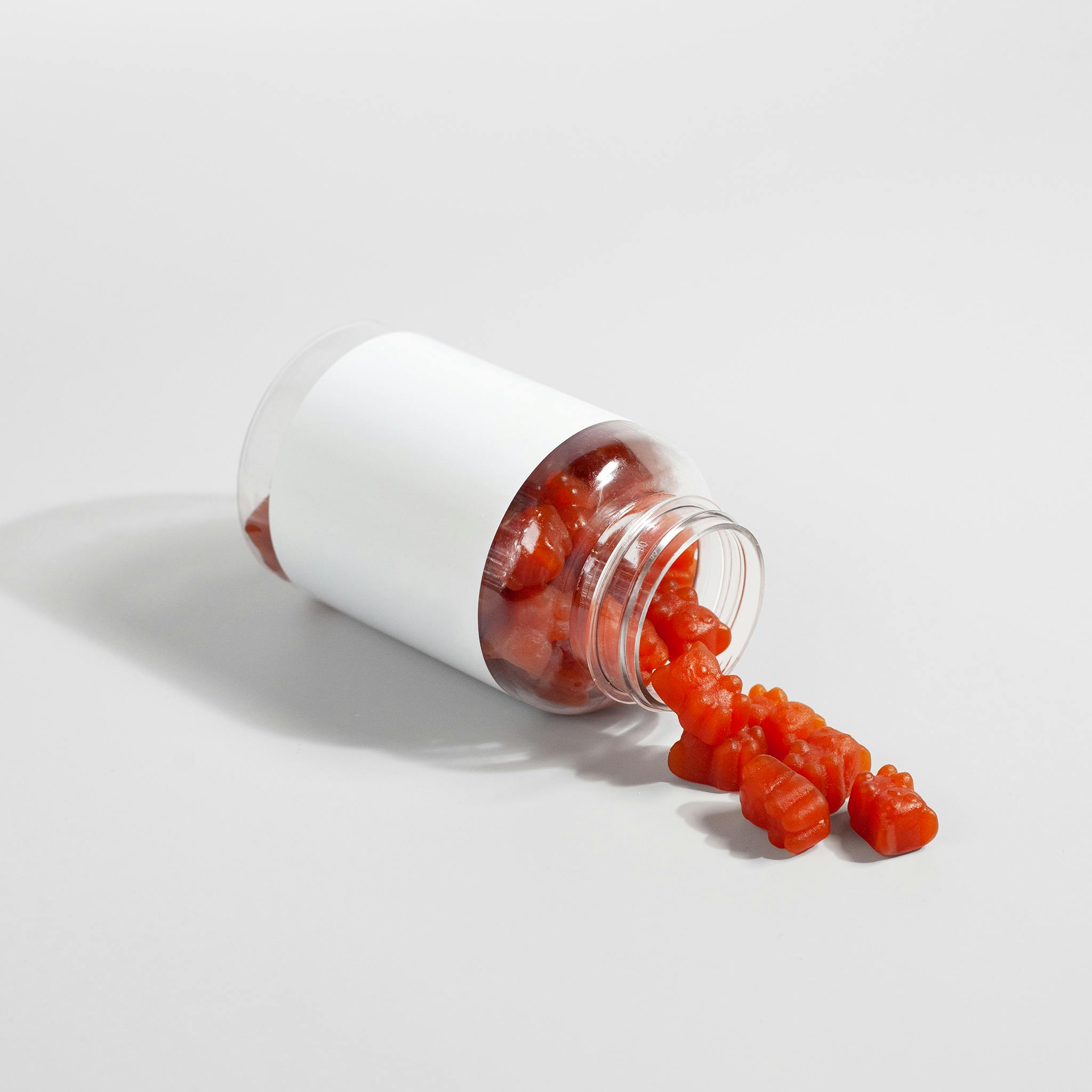Effectiveness of pop-it therapeutic play on children’s anxiety during inhalation therapy in children’s wards

Published: March 28 2023
Abstract Views: 3215
PDF: 2072
Publisher's note
All claims expressed in this article are solely those of the authors and do not necessarily represent those of their affiliated organizations, or those of the publisher, the editors and the reviewers. Any product that may be evaluated in this article or claim that may be made by its manufacturer is not guaranteed or endorsed by the publisher.
All claims expressed in this article are solely those of the authors and do not necessarily represent those of their affiliated organizations, or those of the publisher, the editors and the reviewers. Any product that may be evaluated in this article or claim that may be made by its manufacturer is not guaranteed or endorsed by the publisher.
Similar Articles
- Francesca Scarano, Alessandra Dalla Corte, Roberto Michielon, Alessandro Gava, Paola Midrio, Application of a non-pharmacological technique in addition to the pharmacological protocol for the management of children’s preoperative anxiety: A 10 years’ experience , La Pediatria Medica e Chirurgica: Vol. 43 No. 1 (2021)
- M. Messina, F. Molinaro, D. Meucci, R. Angotti, L. Giuntini, E. Cerchia, A.L. Bulotta, E. Brandigi, Preoperative distraction in children: hand-held videogames vs clown therapy , La Pediatria Medica e Chirurgica: Vol. 36 No. 5-6 (2014)
- Sara Ugolini, Lorenzo Tofani, Elisa Zolpi, Louise Montalva, Cosimo Lotti, Antonino Morabito, Fabio Chiarenza, Arnaud Bonnard, Morbidity related to major lung thoracoscopic resections in children , La Pediatria Medica e Chirurgica: Vol. 46 No. 2 (2024)
- Majid Reza Akbarizadeh, Fereshteh Ghaljaei, Alireza Hasanzadeh, Abdolghani Abdollahimohammad, Mahin Naderifar, The effect of an educational program on illness uncertainty in mothers of children with type 1 diabetes: a quasi-experimental study , La Pediatria Medica e Chirurgica: Vol. 46 No. 1 (2024)
- Giovanna Stringari, Giulia Barbato, Matteo Zanzucchi, Maddalena Marchesi, Giuseppe Cerasoli, Bertrand Tchana, Alessandro Gritti, Valeria Boccaletti, Alfonsa Anna Lombardi, Nicola Carano, Propranolol treatment for infantile hemangioma: a case series of sixty-two patients , La Pediatria Medica e Chirurgica: Vol. 38 No. 2 (2016)
- Carlo Ripoli, Anna Paola Pinna, Faustina Podda, Roberta Zanni, Maria Giada Tronci, Anna Maria Nurchi, Second-generation antipsychotic and diabetes mellitus in children and adolescents , La Pediatria Medica e Chirurgica: Vol. 39 No. 4 (2017)
- Ilaria Riccio, Elvira Pota, Marco Marcarelli, Maria Carmen Affinita, Daniela Di Pinto, Cristiana Indolfi, Nicola Del Regno, Marco Esposito, Osteonecrosis as a complication in pediatric patients with acute lymphoblastic leukemia , La Pediatria Medica e Chirurgica: Vol. 38 No. 3 (2016)
- Maria Enrica Miscia, Maria Castellano, Stella Chiarini, Giuseppe Lauriti, Marco Casaccia, Pierluigi Lelli Chiesa, Gabriele Lisi, Pediatric primary spontaneous pneumothorax: a comparison of treatment at pediatric surgery vs. thoracic surgery departments , La Pediatria Medica e Chirurgica: Vol. 45 No. 1 (2023)
- Carmine Noviello, Alfonso Papparella, Mirko Bertozzi, Giovanna Riccipetitoni, Ilaria Cascone, Carmine Botta, Giulia Fusi, Veronica Vitali, Mercedes Romano, Abdominal lymphatic malformations in children: case series , La Pediatria Medica e Chirurgica: Vol. 47 No. 1 (2025)
- Sally K. I. Ishak, Fayrouz El Aguizy, Eman H. Elsebaie, Meray R. L. Youssef, Mohamed M. Ismail, Fatma H. Abdelraouf, Heba A. Abdel Ghaffar, Nermine M. Riad, Role of urinary NGAL and microalbuminuria in the detection of subclinical acute kidney injury in pediatric intensive care unit and diabetic children , La Pediatria Medica e Chirurgica: Vol. 44 No. 2 (2022)
1-10 of 153
Next
You may also start an advanced similarity search for this article.










